Table of Contents
● Introduction
● Market overview
● Different types and their features
● Things to consider when selecting products
● Conclusion
Introduction
Understanding the different types of motorcycle engines is crucial for making informed decisions that impact performance, maintenance, and overall riding experience. Each engine type offers unique benefits and drawbacks, influencing factors such as power output, fuel efficiency, and ease of upkeep. For instance, single-cylinder engines are known for their simplicity and low maintenance requirements but may lack the power and smoothness of multi-cylinder engines. Twin-cylinder engines offer a balance between power and manageability, making them a popular choice for a wide range of riders. Four-cylinder engines, while delivering high power and smooth performance, can be more complex and expensive to maintain. Selecting the right engine can enhance the riding style, whether users prioritize speed, durability, or eco-friendliness. For those who value speed and performance, high-power engines with multiple cylinders may be the best choice, whereas riders who prefer a more relaxed and eco-friendly experience might opt for engines known for fuel efficiency and lower emissions.
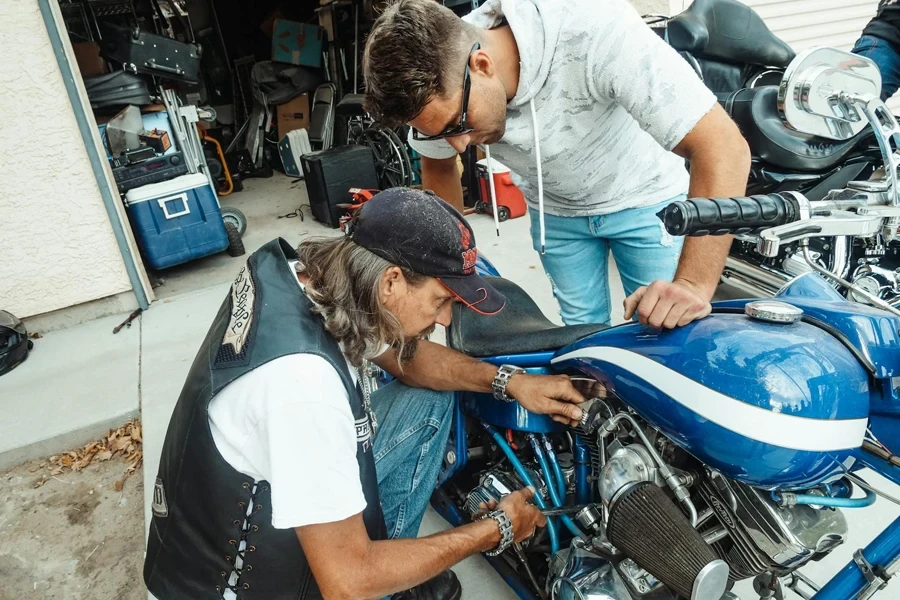
Market overview
The global motorcycle engine market has experienced significant growth, with a market size valued at USD 31.7 billion in 2023 and a projected Compound Annual Growth Rate (CAGR) of 4.2% from 2023 to 2030, according to industry reports from Fact.MR and GlobeNewswire. This growth is driven by increasing demand for high-performance and fuel-efficient motorcycles, alongside advancements in engine technologies and the rising popularity of adventure and touring motorcycles. Major manufacturers dominate the market, leveraging their established brands and extensive product portfolios to maintain significant market shares. Their continuous innovation, particularly in developing advanced engine technologies, plays a crucial role in shaping market trends and meeting diverse consumer demands. The influence of these leading companies is evident as their focus on sustainability and performance drives the development of new, eco-friendly, and high-performance engines. This dynamic market landscape indicates that continuous innovation and adapting to consumer preferences are critical for future growth.
Recent market changes highlight significant technological advancements and evolving consumer preferences. Innovations such as lightweight materials, improved fuel injection systems, and enhanced cooling mechanisms have led to more efficient and powerful engines, offering higher power output and better fuel efficiency. According to Fact.MR, the sales of electric motorcycles have surged, reflecting a shift towards cleaner and more eco-friendly options. Electric motorcycles are expected to account for a substantial portion of the market, with projections indicating a market share increase of over 20% by 2030. Additionally, the popularity of adventure and touring motorcycles has surged, with a notable increase in demand for engines capable of handling various terrains. This segment is expected to grow at a CAGR of 5.1% over the next decade. These trends, as reported by industry sources, underscore the dynamic landscape of the motorcycle engine market, where innovation and adaptability are essential to meeting the changing needs of consumers
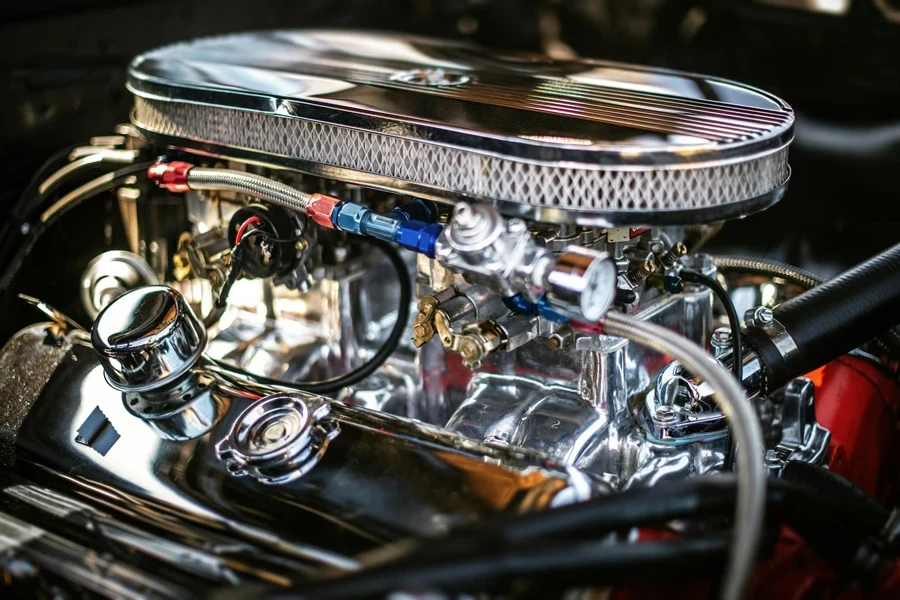
Different types and their features
Single-cylinder engines
Single-cylinder engines are known for their simplicity and cost-effectiveness, making them ideal for small and budget-friendly motorcycles. These engines are compact, easy to manufacture, and economical to maintain, which contributes to their widespread use. Single-cylinder engines typically range from 50cc to 700cc, with larger engines offering more power but also more vibration. Their straightforward design makes them suitable for lightweight motorcycles, which are often used for city commuting and off-road adventures.
Parallel twin engines
Parallel twin engines feature two cylinders arranged side-by-side, offering a good blend of power and balance. These engines are compact and provide smoother operation than single-cylinder engines due to the additional cylinder. Parallel twin engines are commonly found in mid-sized motorcycles, which are popular for both commuting and light touring. They range from 250cc to 1000cc, providing a versatile power output that suits a variety of riding styles. The design of parallel twin engines allows for efficient packaging and a more balanced ride, making them an excellent choice for riders looking for a balance between performance and maneuverability.
V-twin and L-twin engines
V-Twin and L-Twin engines are characterized by their V-shaped configuration, which places the cylinders at an angle to each other. This design provides unique advantages in terms of power delivery and compactness. V-Twin engines are often used in larger motorcycles designed for long-distance touring and high-performance riding. The L-Twin configuration, with a 90-degree angle between the cylinders, offers a more balanced engine with smoother power delivery. These engines are preferred for their robust torque and distinctive engine sound. According to the source article’s website, V-Twin and L-Twin engines are highly regarded for their ability to deliver strong, consistent power across a wide range of applications.
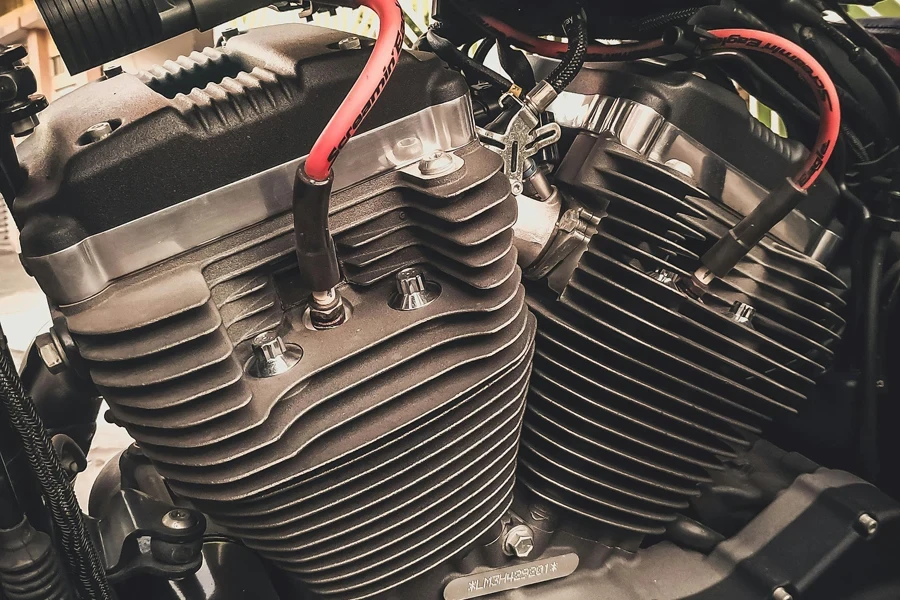
Inline engines
Inline engines, available in four and six-cylinder configurations, are known for their high power output and smooth operation. These engines are typically used in high-performance motorcycles, where power and stability are paramount. Inline-four engines are common in sport bikes, providing a high-revving, powerful experience that is ideal for racing and spirited riding. Inline-six engines offer even more power and are often found in larger, more luxurious motorcycles. According to the source article’s website, the design of inline engines allows for excellent balance and minimal vibration, making them a favorite among performance enthusiasts.
Electric engines
Electric engines are becoming increasingly popular due to their environmental benefits and low maintenance requirements. These engines produce zero emissions and offer instant torque, providing a smooth and powerful riding experience. Electric motorcycles are ideal for urban commuting and short-distance travel, where charging infrastructure is readily available. According to the source article’s website, the trend towards electric motorcycles is driven by advancements in battery technology and growing environmental awareness, making them a viable alternative to traditional internal combustion engines in the evolving motorcycle market.
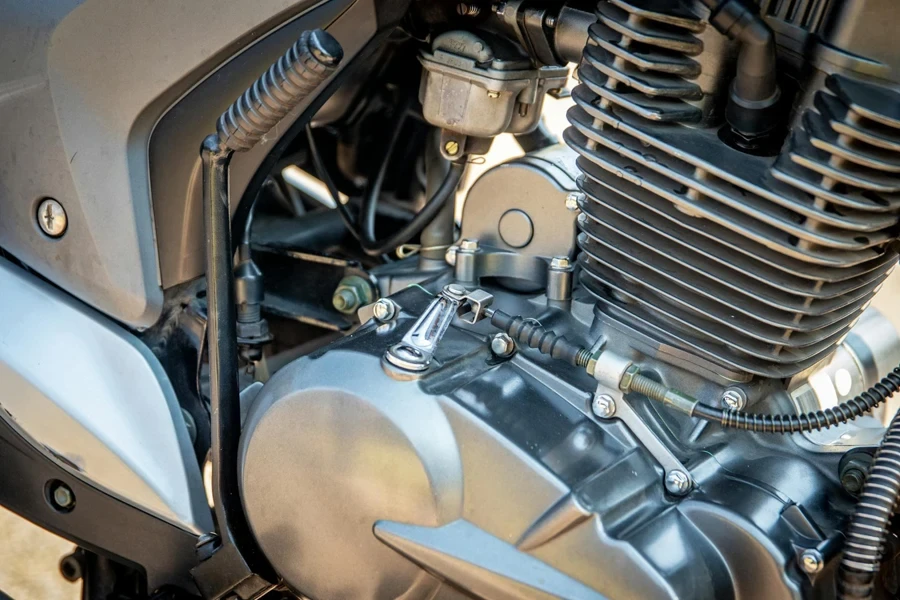
Things to consider when selecting motorcycle engine assembly
Engine performance and power requirements
Matching engine power to riding needs is essential for optimal performance and rider satisfaction. The power requirements for a motorcycle engine depend on factors such as intended use, rider weight, and terrain. For example, engines with higher horsepower and torque are ideal for touring and racing, where speed and acceleration are crucial. On the other hand, city commuting and casual riding can be adequately served by engines with moderate power. Torque is particularly important for off-road and adventure motorcycles, providing the necessary force to tackle challenging terrains.
Fuel efficiency and environmental impact are critical considerations when selecting a motorcycle engine. Different engine types offer varying levels of fuel consumption and emissions. Four-stroke engines are generally more fuel-efficient and produce fewer emissions compared to two-stroke engines. Electric engines, while initially more expensive, provide significant environmental benefits by producing zero emissions and offering lower operating costs over time. According to the source article’s website, advancements in engine technology have led to the development of engines that not only consume less fuel but also comply with stricter emission standards, making them more environmentally friendly.
Maintenance and repair costs
Maintenance and repair costs are long-term factors that significantly affect the overall cost of ownership for motorcycle engines. Single-cylinder engines are typically the easiest and cheapest to maintain due to their simple design. Multi-cylinder engines, while offering better performance, often come with higher maintenance costs due to their complexity and the need for more frequent servicing. The availability of parts also influences maintenance costs; engines with widely available parts are generally cheaper to repair. According to the source article’s website, understanding the maintenance requirements of different engine types helps riders make informed decisions that align with their budget and maintenance capabilities.
Application and riding style
Choosing the right engine based on application and riding style ensures a satisfying and efficient riding experience. Commuters and city riders benefit from engines that are fuel-efficient and easy to maneuver, such as single-cylinder or parallel twin engines. Touring and long-distance riders require engines that offer durability and consistent power output, like V-Twin or inline engines. Racing and performance enthusiasts need high-revving, powerful engines, such as inline-four or six-cylinder configurations. According to the source article’s website, matching the engine type to the intended use and riding style enhances performance, comfort, and overall satisfaction.
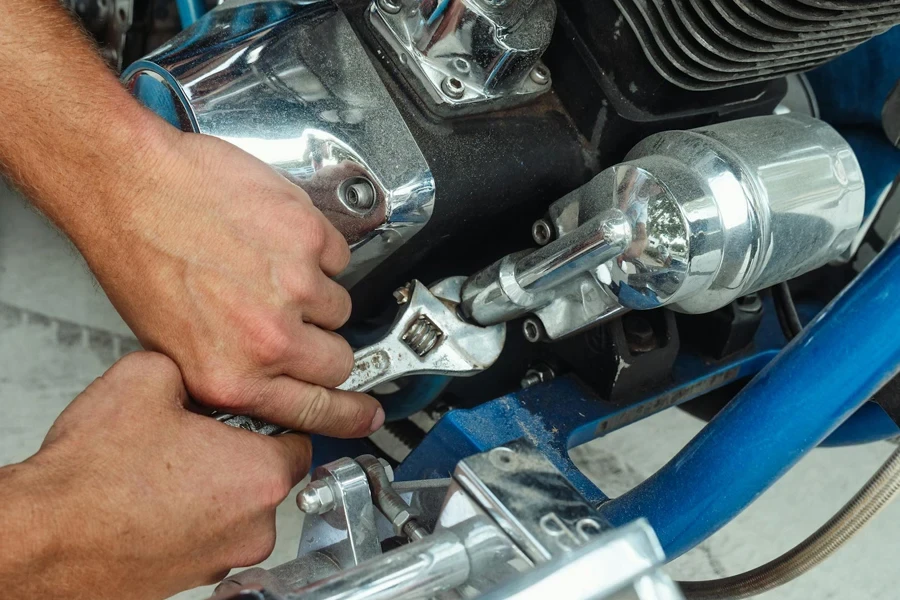
Budget and cost of ownership
Balancing budget constraints with performance needs is a key aspect of selecting a motorcycle engine. While high-performance engines offer greater power and advanced features, they come with higher initial costs and long-term maintenance expenses. Conversely, more affordable engines might lack some of the advanced features but provide adequate performance for everyday riding. According to the source article’s website, considering the total cost of ownership, including fuel efficiency, maintenance, and repair costs, helps riders choose an engine that fits their budget while meeting their performance expectations. Making an informed decision based on these factors ensures a cost-effective and enjoyable riding experience.
Conclusion
Choosing the right motorcycle engine is crucial for ensuring a satisfying riding experience that aligns with individual needs and preferences. Each engine type offers unique benefits that impact performance, fuel efficiency, and maintenance costs. For instance, single-cylinder engines are simple and cost-effective, ideal for city commuting, while V-Twin and inline engines provide the power and durability needed for touring and high-performance riding. Understanding these differences helps riders select an engine that meets their specific requirements and enhances their overall riding experience.
Moreover, factors such as fuel efficiency and environmental impact play a significant role in engine selection. Four-stroke and electric engines offer better fuel economy and lower emissions, making them suitable for environmentally conscious riders. Maintenance and repair costs also vary among engine types, with simpler engines generally being easier and cheaper to maintain. By considering these aspects, riders can make informed decisions that balance their budget constraints with performance needs, ensuring both optimal performance and long-term satisfaction.




